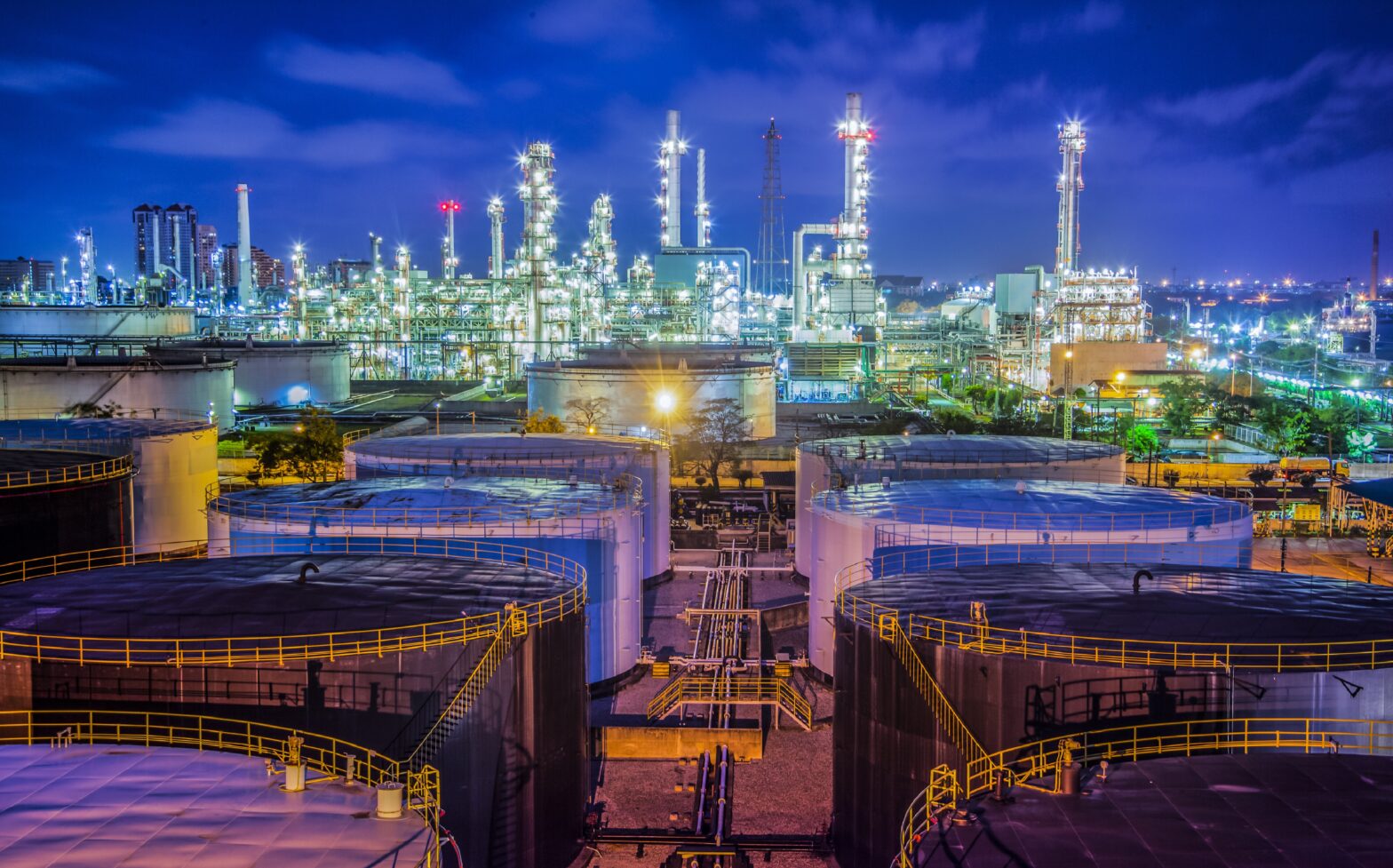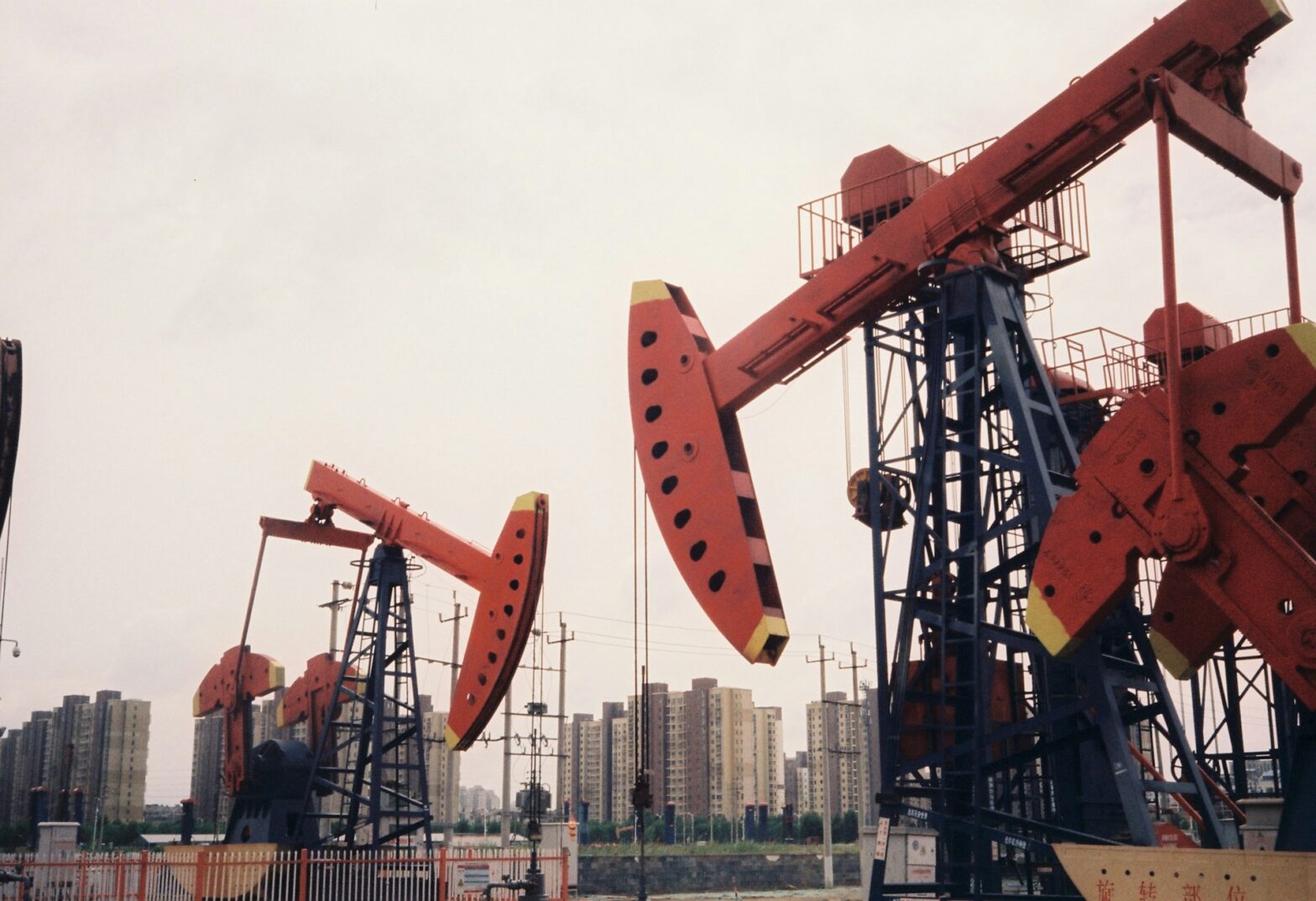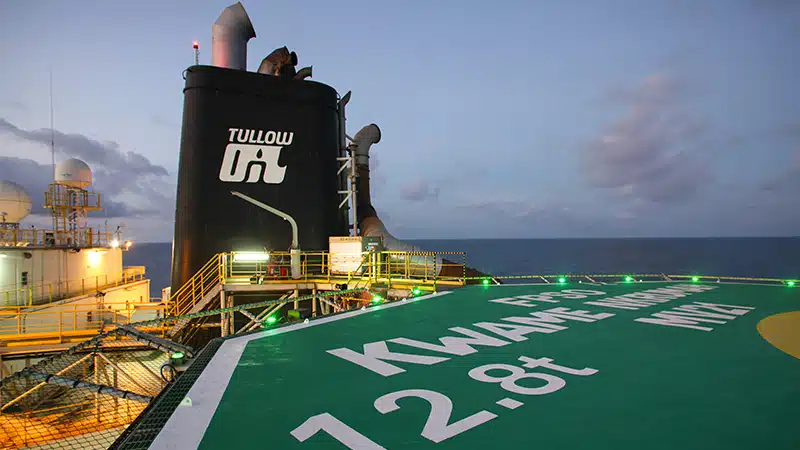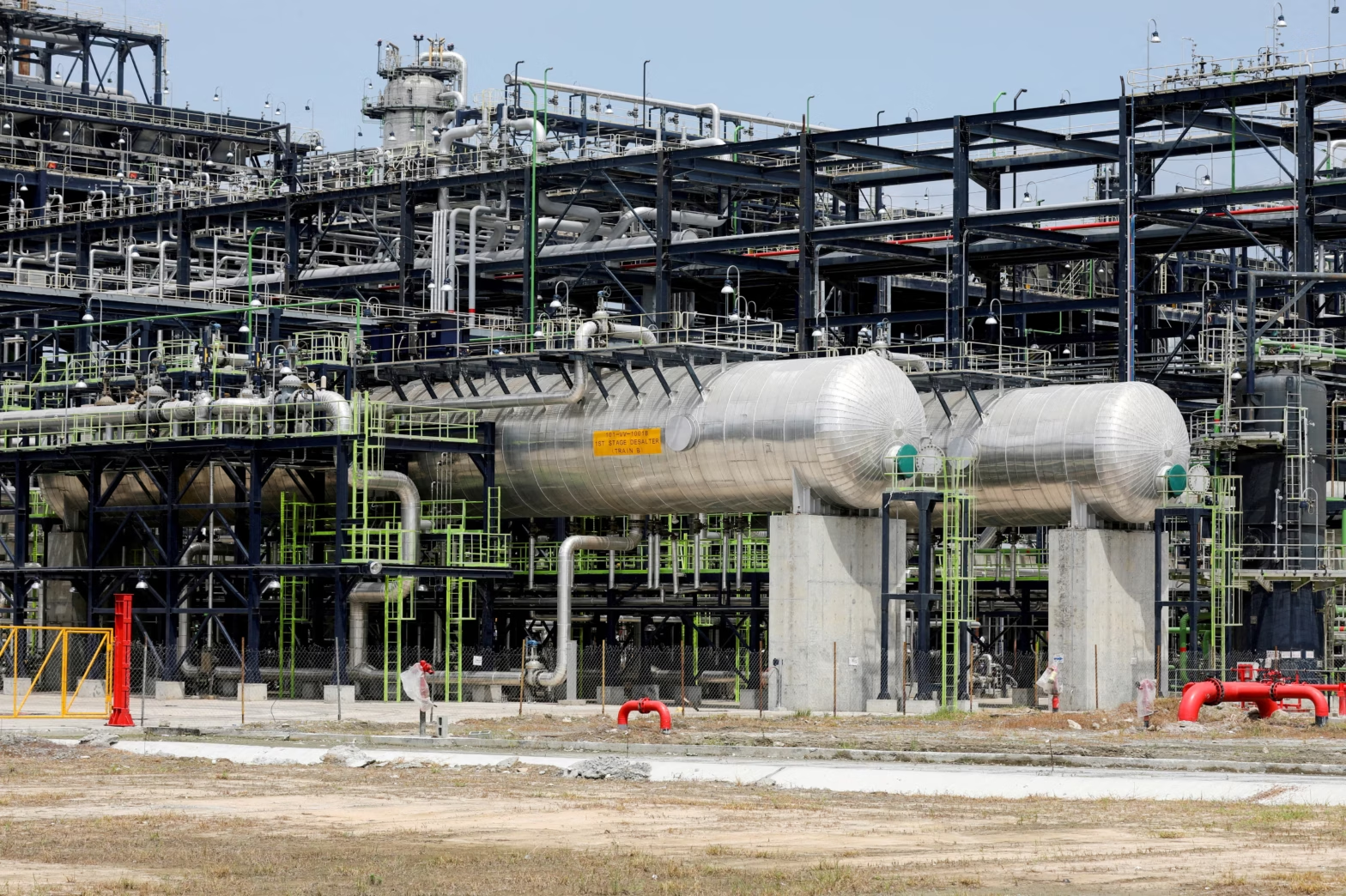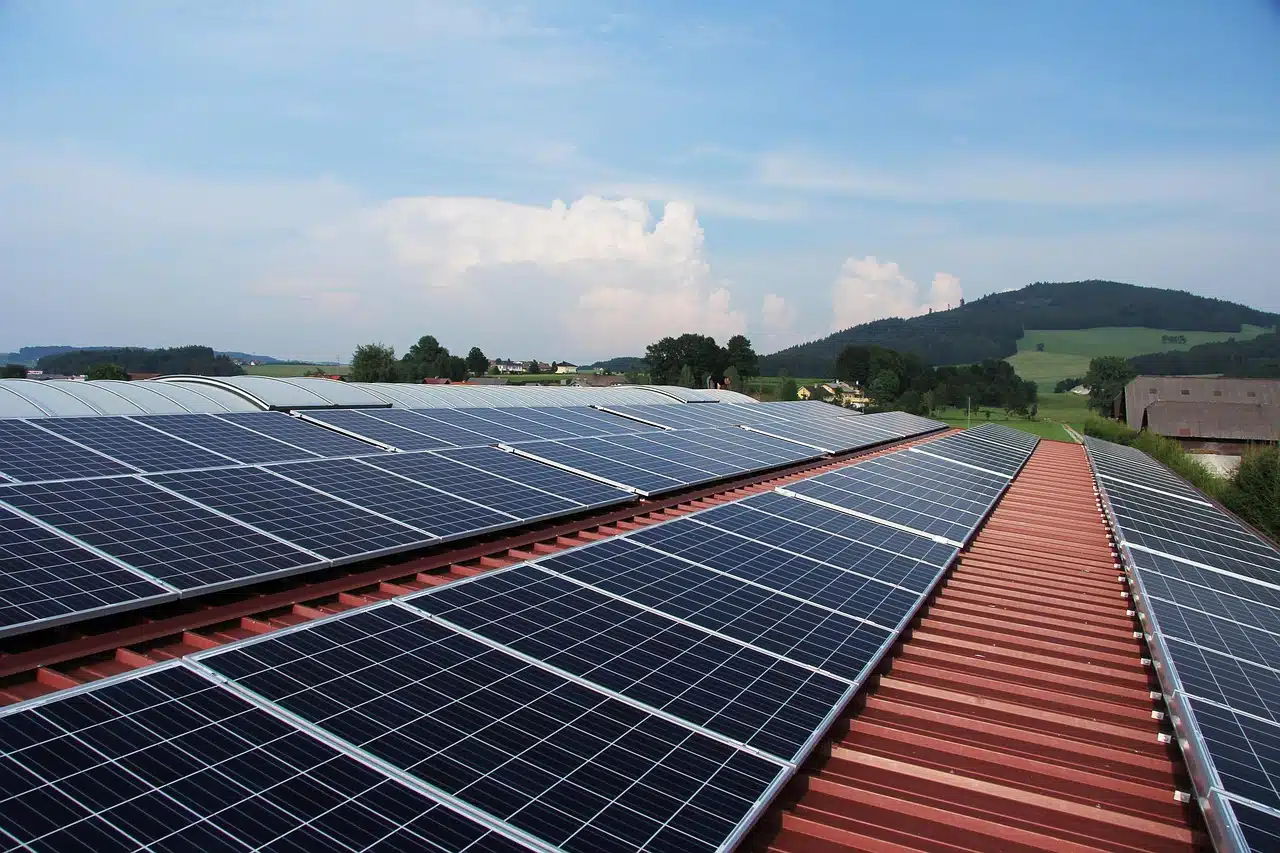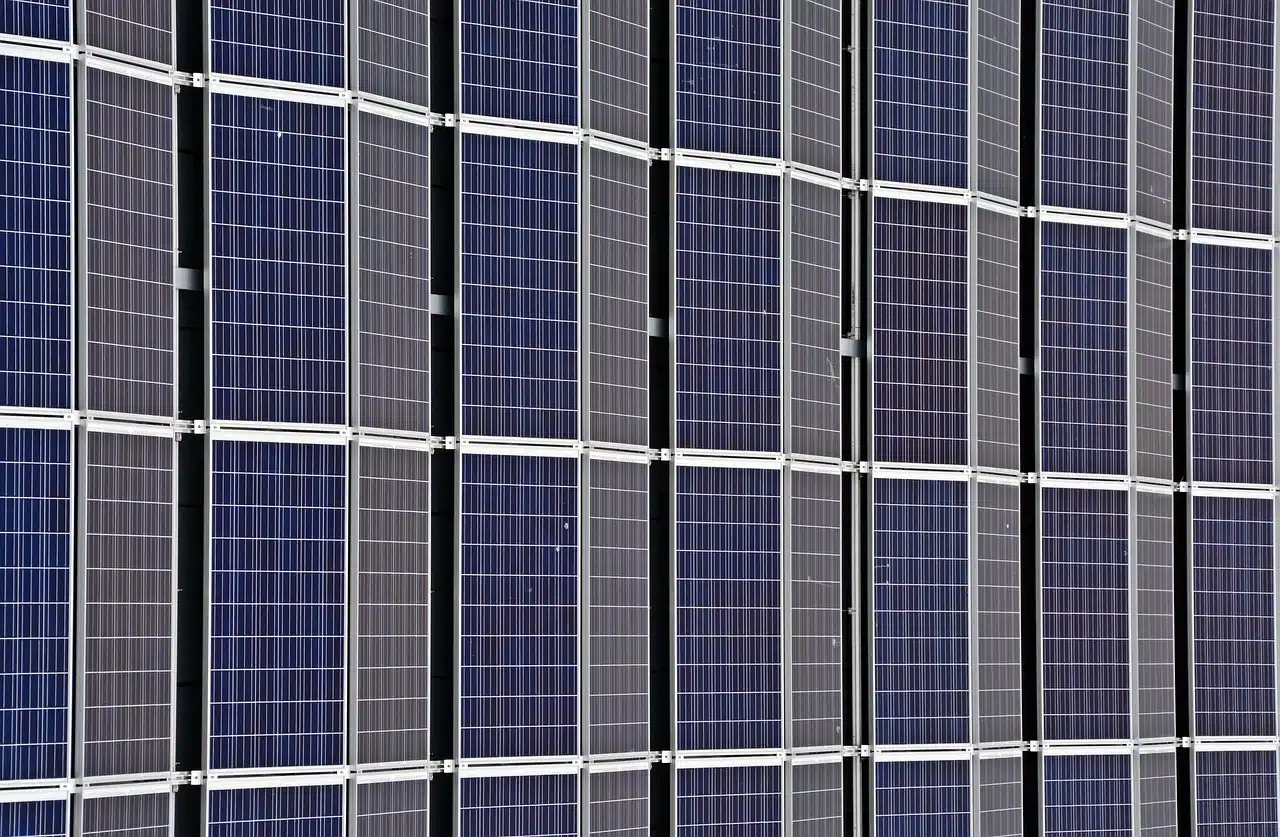African producers in the Organization of the Petroleum Exporting Countries (OPEC) witnessed stable oil production output in the third quarter (Q3) of 2025.
Data released by OPEC in its October Oil Market Outlook Report and reviewed by Energy in Africa reveals its eight African member countries produced a combined 4,482,000 barrels of crude oil in Q3, up 1.56% compared to the 4,412,000 barrels in Q2.
During the quarter, the average output for each of the member countries pooled from secondary sources was as follows:
- Nigeria: 1.536 million bpd
- Libya: 1.307 million bpd
- Algeria: 940,000 bpd
- Congo: 261,000 bpd
- Gabon: 226,000 bpd
- Equatorial Guinea: 53,000 bpd
- Sudan: 24,000 bpd
- South Sudan: 135,000 bpd
Nigeria holds steady amid global market shifts
Nigeria maintained consistent crude oil production throughout the three months of the quarter under review.
The country’s oil output in July was 1.553 million bpd, and dipped slightly to 1.538 million bpd in August. In September, output fell by 21,000 bpd to 1,517 million bpd.
Despite the slight monthly drop, Nigeria was still able to meet its OPEC quota of 1.5 million bpd.
This is largely due to improved infrastructure reliability and regulatory oversight by the Nigerian Upstream Petroleum Regulatory Commission (NUPRC).
This is in line with the projection of the African Energy Chamber, which says Nigeria will be the primary driver of West Africa’s rise in oil production in the remaining part of the year.
Libya’s output remains unchanged
Libya sustained an average production of over 1.3 million bpd across the three months of the quarter, with September figures increasing by 19,000 bpd compared to 1.298 million bpd in August.
The country’s oil sector has shown resilience in recent months as improved political stability continues to attract the return of major international oil operators.
These foreign companies have resumed drilling operations at several oil and gas fields across the country.
As a result, Libya’s National Oil Corporation (NOC) aims to reach 1.6 million bpd by 2026, and 2 million bpd before 2030.
Algeria sees marginal growth
Algeria recorded a consistent increase in output, moving from 929,000 bpd in July to 940,000 bpd in August and 951,000 bpd in September.
While modest, the uptick signals a gradual recovery in upstream activity following maintenance cycles earlier in the year.
The average daily output in Q3 was 940,000 bpd, up 20,000 bpd compared to the 920,000 bpd seen in Q2 2025 and even higher than the 910,000 bpd in Q1.
Recent happenings indicate Algeria’s oil production will be on the upward trend for long.
In July, Eni signed an exploration contract with Sonatrach to explore and develop the Berkine Basin. Up to 400 million barrels of oil equivalent will be unlocked from the project over the contract duration
Smaller producers stay flat
Other African OPEC members showed stable production throughout Q3, however, with marginal declines compared to Q2:
- Gabon: Maintained 226,000 bpd
- Equatorial Guinea: Consistent at 53,000 bpd
- Sudan: Slightly unchanged at 24,000 bpd
These figures suggest limited new investment or expansion activity during the quarter, with these countries likely focusing on maintaining existing output levels.
Regional outlook
The overall performance of African oil producers in Q3 2025 suggests a cautious approach amid global energy transition pressures and fluctuating demand.
While Nigeria, Libya, and Algeria continue to anchor the continent’s output, smaller producers are expected to benefit from regional collaboration and infrastructure investment in the coming quarters.
On a broader scale, OPEC’s total production during the quarter increased significantly by 524,000 bpd, rising from 27.059 million bpd in Q2 to 27.549 million bpd. September recorded the highest monthly output at 28.440 million bpd.
Recall, earlier this month, OPEC and its allies agreed to allow some members to raise oil supply by 137,000 bpd starting in November.
Although the increase is modest—given the ample spare capacity among major producers—industry analysts caution that it could contribute to a supply glut in the global market during Q4 2025 or beyond.



